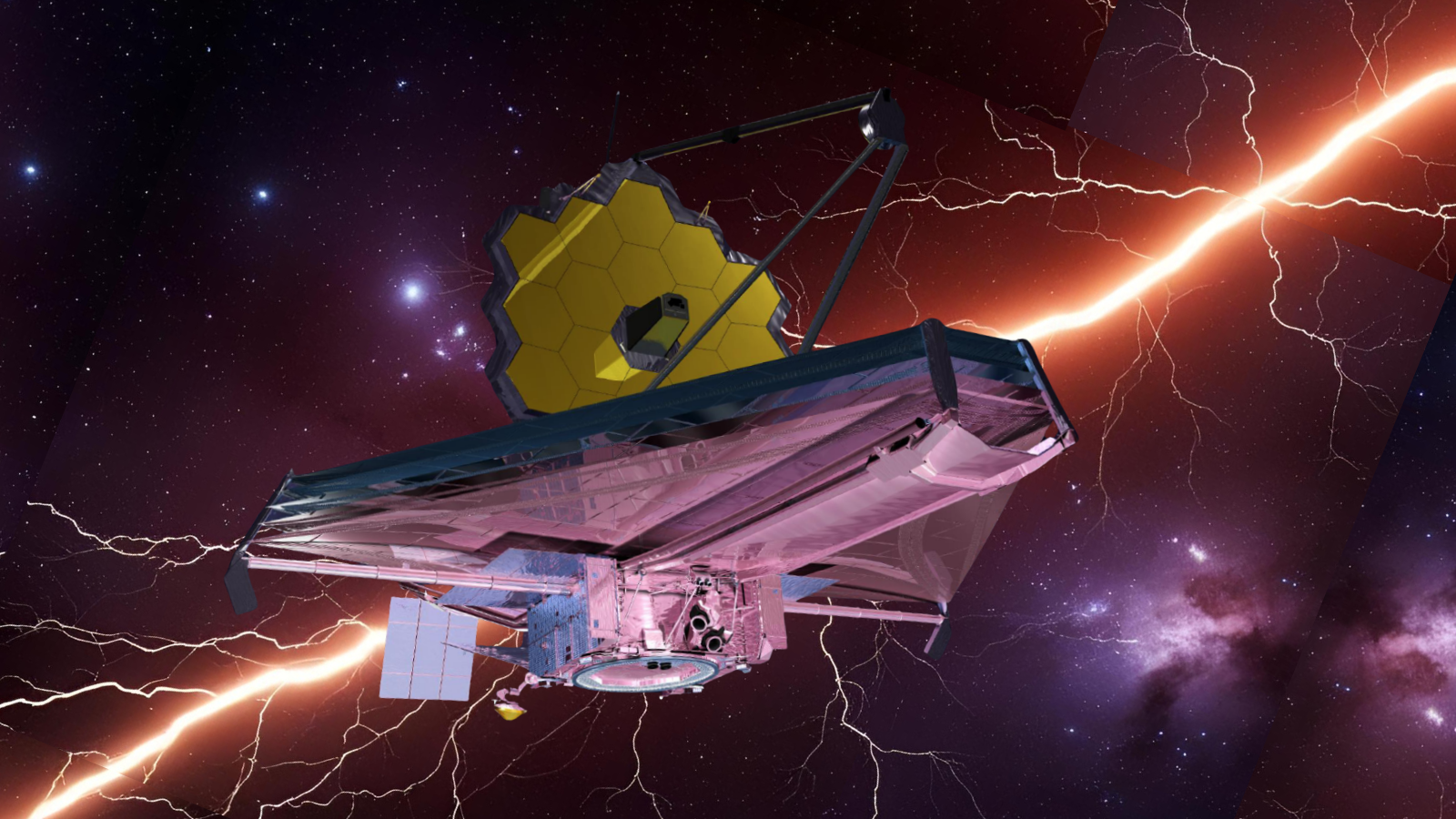How NASA Plans to Get Humans Back to the Moon (Video)
It's been 45 years since a crewed spacecraft journeyed toward the moon with a "trans-lunar injection," but NASA plans to make that happen again in just a few years. The agency recently released a video showing the profile for the first uncrewed test of its new moon mission profile, called Exploration Mission 1 (EM-1).
The test is scheduled for 2019 (following some delays), and will be the first integrated test of both the Space Launch System — NASA's rocket to bring astronauts into deep space — and the new Orion spacecraft.
The mission will take roughly 25.5 days, and its highlight will be putting the spacecraft in a lunar orbit that will take it farther from Earth than any other crew-capable spacecraft has been. Orion's peak distance will be 270,000 miles (435,000 kilometers) from the planet — about 1,000 times the distance from Earth to the International Space Station. [Exploration Mission 1: A Step-by-Step Return to the Moon in Pictures]
The plan calls for EM-1 to depart Earth, cruise for four days to the moon and then inject itself into an elliptical orbit around the moon. After working in the moon's neighborhood for a week, EM-1 will leave lunar orbit and spend four days returning to Earth. It will re-enter the atmosphere at 24,500 mph (39,450 km/h) and splash down in the Pacific Ocean within sight of a recovery ship.
"This is the first of many missions to come that will use the deep-space exploration system to prepare our team, our ship and our astronauts for human operations in deep space," NASA mission manager Mike Sarafin said in the video. A human test mission is scheduled to follow around 2023.
Although the test has been in the works since the Obama administration — it was framed as a stepping-stone to bring astronauts to Mars — it has a different significance for the Trump administration. Earlier this month, Vice President Mike Pence announced that the United States will target human moon landings as well as Mars missions; the last human crew to the moon departed from there in 1972.
"We will return American astronauts to the moon, not only to leave behind footprints and flags, but [also] to build the foundation we need to send Americans to Mars and beyond," Pence said Oct. 5 at the first meeting of the newly reinstated National Space Council.
Breaking space news, the latest updates on rocket launches, skywatching events and more!
The newly announced presidential moon plans follow at least two other Republican administrations' plans to go there: Both the Space Exploration Initiative (championed by George H.W. Bush in 1989) and the Constellation program (powered by a speech by his son, President George W. Bush, in 2004) included plans to return humans to the moon. Both initiatives were eventually canceled.
Before this month's announcement about lunar initiatives, NASA's human-mission focus was on using the International Space Station for long-term space exploration research and sending humans to Mars around the 2030s.
Follow us @Spacedotcom, Facebook and Google+. Original article on Space.com.

Elizabeth Howell (she/her), Ph.D., was a staff writer in the spaceflight channel between 2022 and 2024 specializing in Canadian space news. She was contributing writer for Space.com for 10 years from 2012 to 2024. Elizabeth's reporting includes multiple exclusives with the White House, leading world coverage about a lost-and-found space tomato on the International Space Station, witnessing five human spaceflight launches on two continents, flying parabolic, working inside a spacesuit, and participating in a simulated Mars mission. Her latest book, "Why Am I Taller?" (ECW Press, 2022) is co-written with astronaut Dave Williams.
